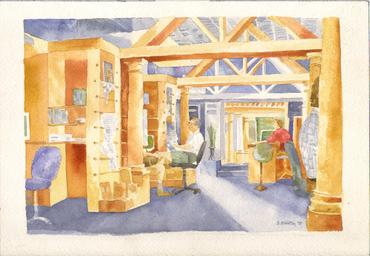GPS enabled property search now available
Download this patented application to search local property listings anywhere in Massachusetts from the convenience of your cell phone.
With this mobile application, you can be in any neighborhood and view detailed home information on almost any property for sale with the touch of a button. Click and get sales price, square footage, tax information, beds/baths, interior and exterior features – even pictures!
In addition to one-click searching, consumers can also search by city/state, community, zip code or by entering a specific address. These searches work on phones without GPS, as well as allow consumers to search for real estate in a particular area other than their current location.
Click on the download link above to get instructions on how to send the application to your cell phone. Users simply select their cell phone carrier, the make/model of their cell phone and their cell phone number. Instantly, the application is sent via text message and downloaded to their cell phone in the same way as a ringtone or game.
Hundreds of cell phone models are currently available on AT&T and Sprint. Smarter Agent is also available on Blackberry Curve, World and Pearl editions, and the download is free for Blackberry. iPhone and Windows Mobile versions, as well as other major carriers, will be added before the end of the year making the application available to all consumers regardless of their cell phone carrier or device.
The cost of this mobile application ranges from free to $4.99 per month, dependent on your carrier, for unlimited usage billed directly to the user’s cell phone statement.
By delivering location-relevant content to cell phone, we hope that Real Estate Cafe clients can search listings and gather essential information in real time. Don’t hesitate to contact us to learn how you can use that new found efficiency to enhance decision making and save money.


Responses